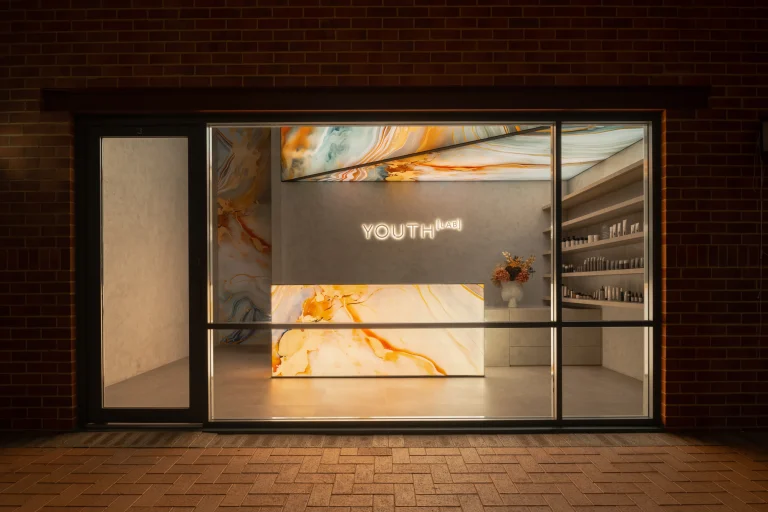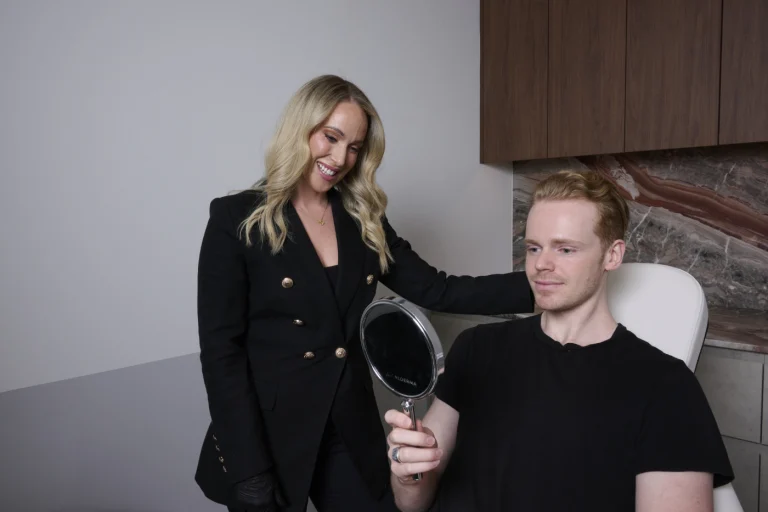
In accordance with Therapeutic Goods Administration (TGA) regulations, we are unable to provide detailed information about specific treatments online. Such information may be misinterpreted as the promotion of prescription-only (Schedule 4) medications – this is not permitted under TGA guidelines.
For this reason, a consultation with one of our practitioners is required. During your comprehensive consultation, your practitioner will carefully assess your skin, discuss your concerns, and provide education around suitable treatment options. A personalised treatment plan will then be created to address your individual needs.
Treatment costs will vary depending on your tailored plan and will be discussed with you in detail during your consultation.
At Youth Lab, we provide consultations for the treatment of volume loss and skin quality changes in the under-eye area, often referred to as the tear trough.
The under-eye region is one of the first areas to show signs of ageing. With time, changes in skin thickness, bone structure, and fat distribution can cause hollowing, puffiness, or dark shadows beneath the eyes. These concerns can make the face appear tired even when well-rested.
During your consultation, your practitioner will assess your individual anatomy, discuss your specific concerns, and determine whether a tear trough rejuvenation treatment is suitable for you. The approach is always conservative, prioritising natural results and safety in this delicate area.
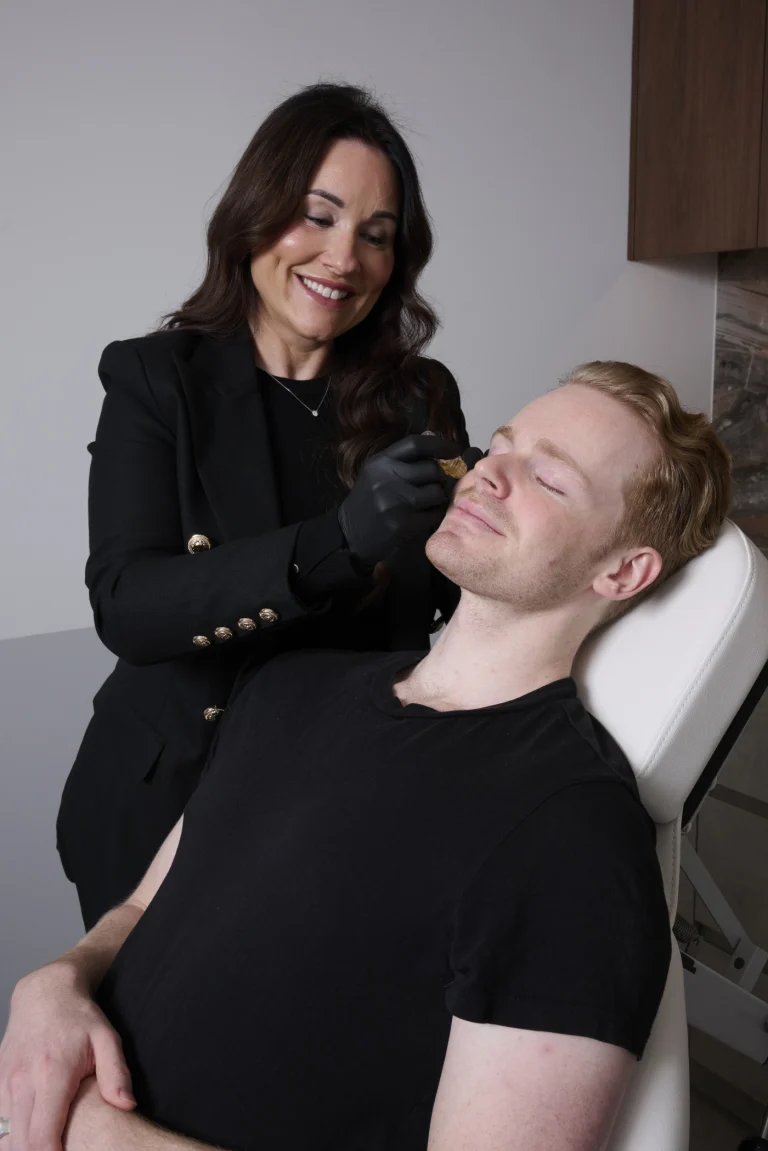
Understanding the Under-Eye Area
The skin beneath the eyes is the thinnest and most delicate on the face, making it prone to early signs of ageing and fatigue.
Several structural and biological factors contribute to the appearance of under-eye hollows or dark circles:
1. Bone and Fat Changes
The bony orbit (eye socket) expands with age, while the mid-face fat pads gradually descend and shrink. This creates a hollow or shadow beneath the eyes known as the tear trough.
2. Skin Thinning and Loss of Elasticity
Reduced collagen, elastin, and hyaluronic acid lead to fragile, crepey skin that accentuates hollows and fine lines.
3. Vascular and Pigment Factors
Visible blood vessels and increased pigmentation in the under-eye skin can contribute to darker shadows or discolouration.
4. Lifestyle and Genetics
Sleep patterns, dehydration, allergies, and genetics also play a role in under-eye changes, which may occur even in younger individuals.
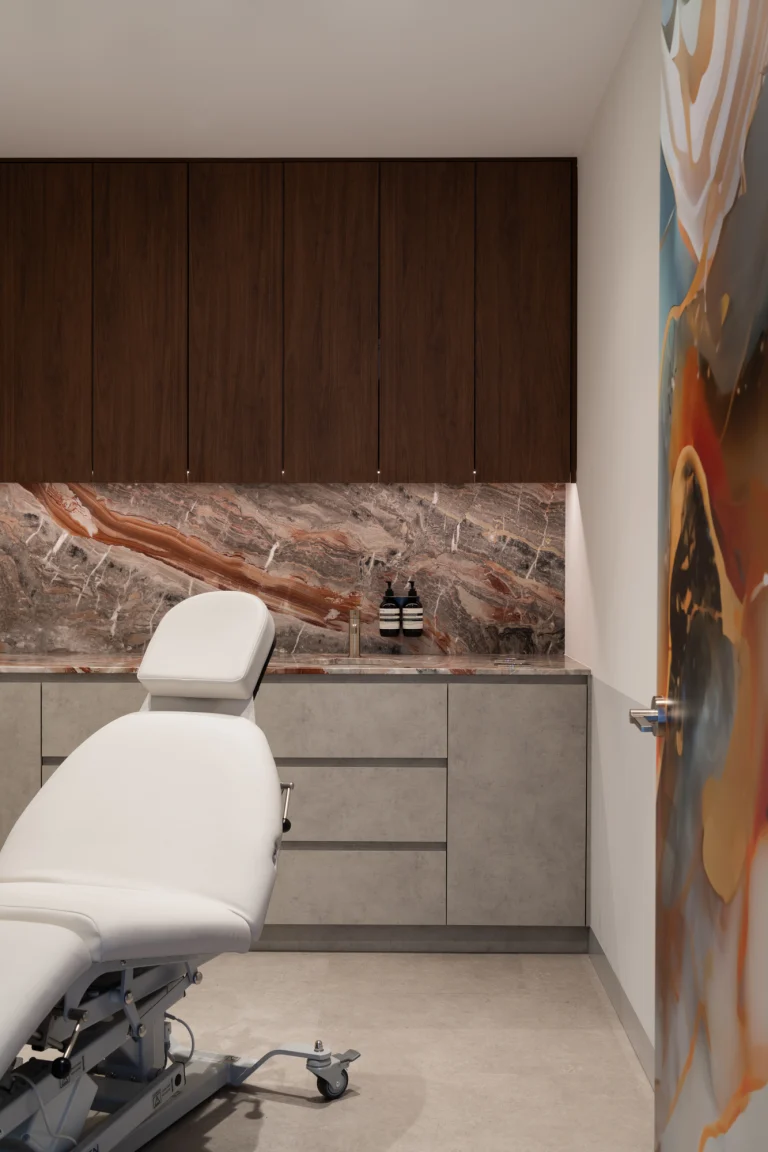
Why People Consider Under-Eye Rejuvenation
Common concerns discussed during consultation include:
- Hollowing or shadowing under the eyes
- Early changes in periorbital skin quality
- Fine lines or crepiness
- Puffiness or asymmetry
- Persistent dark circles not solely due to pigmentation
Suitability and treatment choice are determined individually, based on anatomy, skin type, and overall facial balance.
Who may be suitable for Tear Trough treatment?
- Concerns about under-eye hollows or shadowing
- Early changes in periorbital skin quality
- Appearance of dark circles not solely caused by pigmentation
- General rejuvenation of the under-eye area
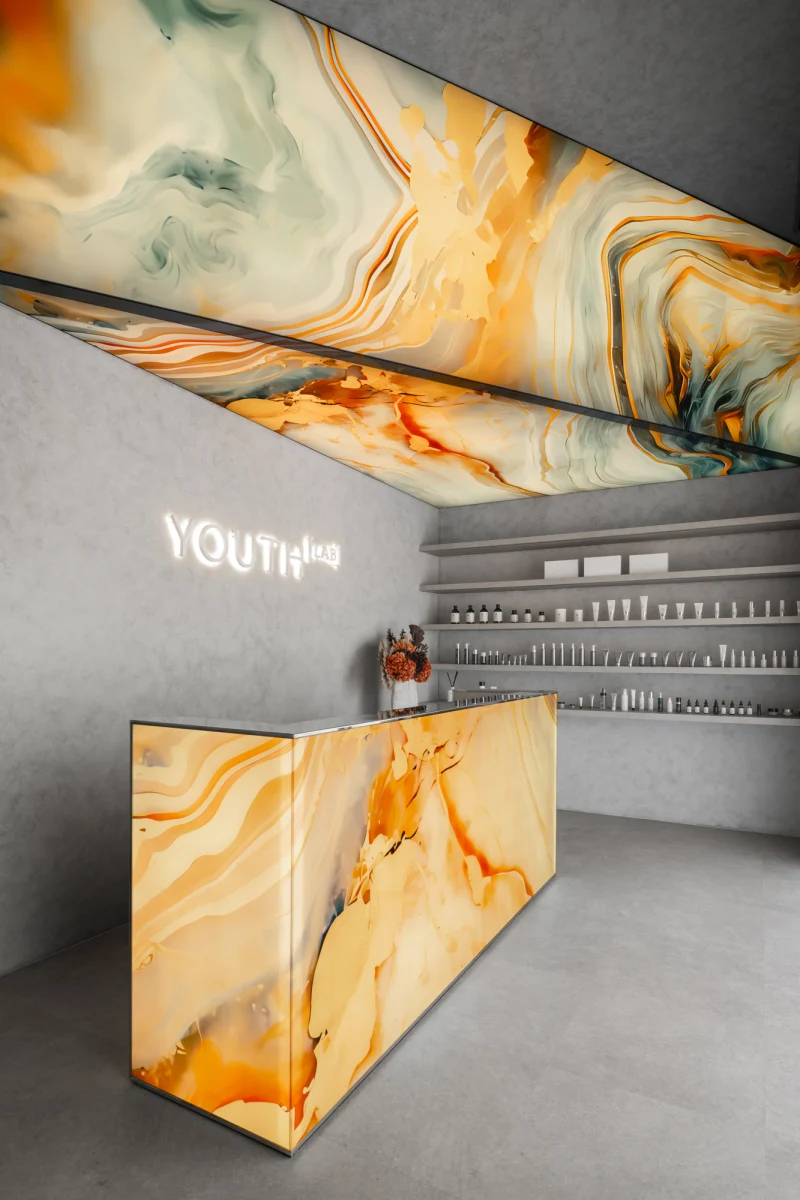
Treatment Options for Under-Eye Rejuvenation
Youth Lab offers a range of medical-grade and regenerative treatments that can improve the appearance of the under-eye area. Your practitioner may recommend a combination of therapies to achieve optimal results.
Some examples of treatment options:
1. Injectable Rejuvenation
Certain prescription-only injectable treatments may be used to restore volume and support the tear trough region. This can help reduce hollowing and shadowing by smoothing the transition between the lower eyelid and cheek.
These treatments can only be prescribed and performed by qualified medical practitioners after a comprehensive consultation.
2. PRP (Platelet-Rich Plasma) Therapy
PRP utilises a client’s own plasma, rich in growth factors, which may stimulate tissue regeneration, collagen production, and may improve skin texture. It may help to enhance hydration, tone, and elasticity in the under-eye area.
3. Rejuran (Polynucleotide Therapy)
Rejuran contains bio-active molecules that may encourage natural healing and collagen synthesis, and may work to improve skin thickness and resilience. It is particularly suited to thin, crepey skin under the eyes and complements other rejuvenation treatments.
4. Skin Boosting Treatments
Non-prescription bio-remodelling or hydrating treatments may improve the quality and brightness of the under-eye skin, helping to smooth fine lines and reduce dullness.
5. Laser and Energy-Based Treatments
Certain fractional laser or radiofrequency procedures may be recommended to target pigmentation, vascular discolouration, or surface irregularities, and to stimulate collagen in the surrounding tissues.
Your practitioner will determine the most appropriate combination of these options during your consultation.

